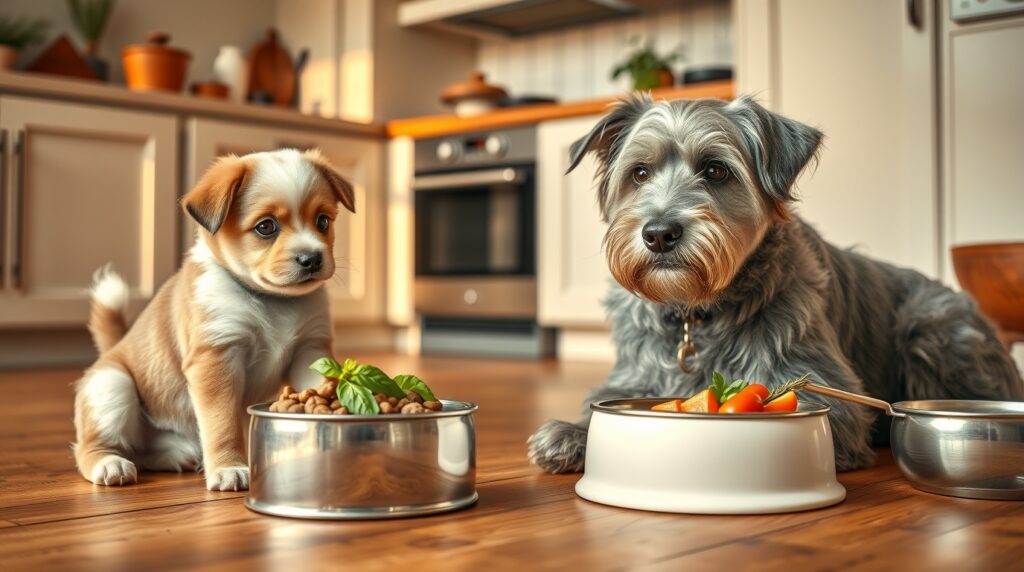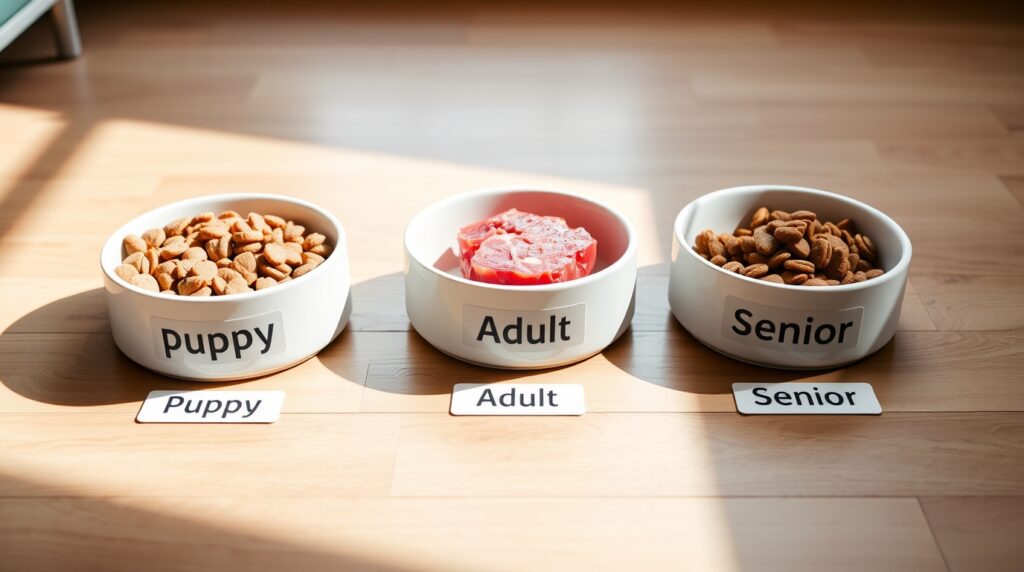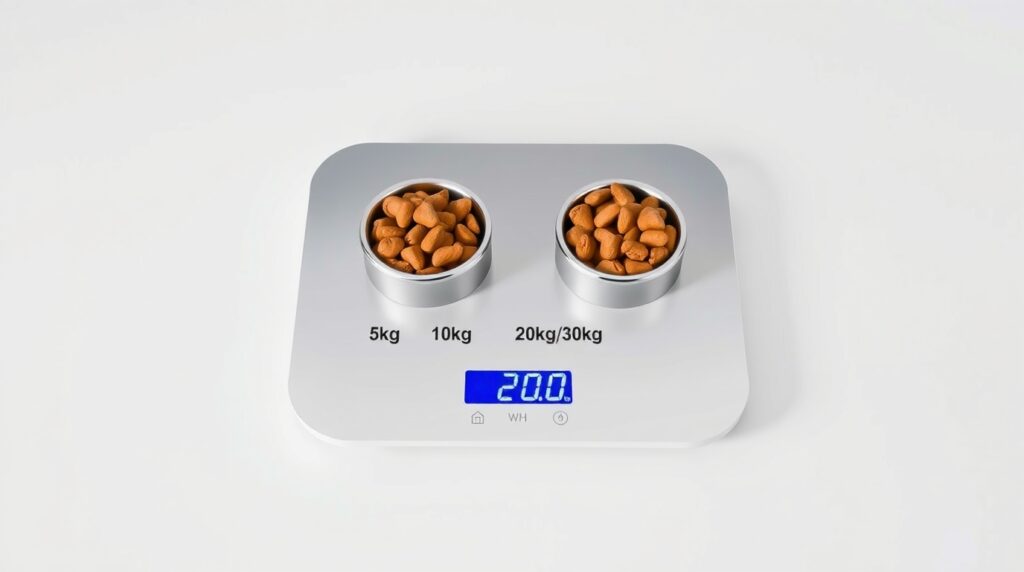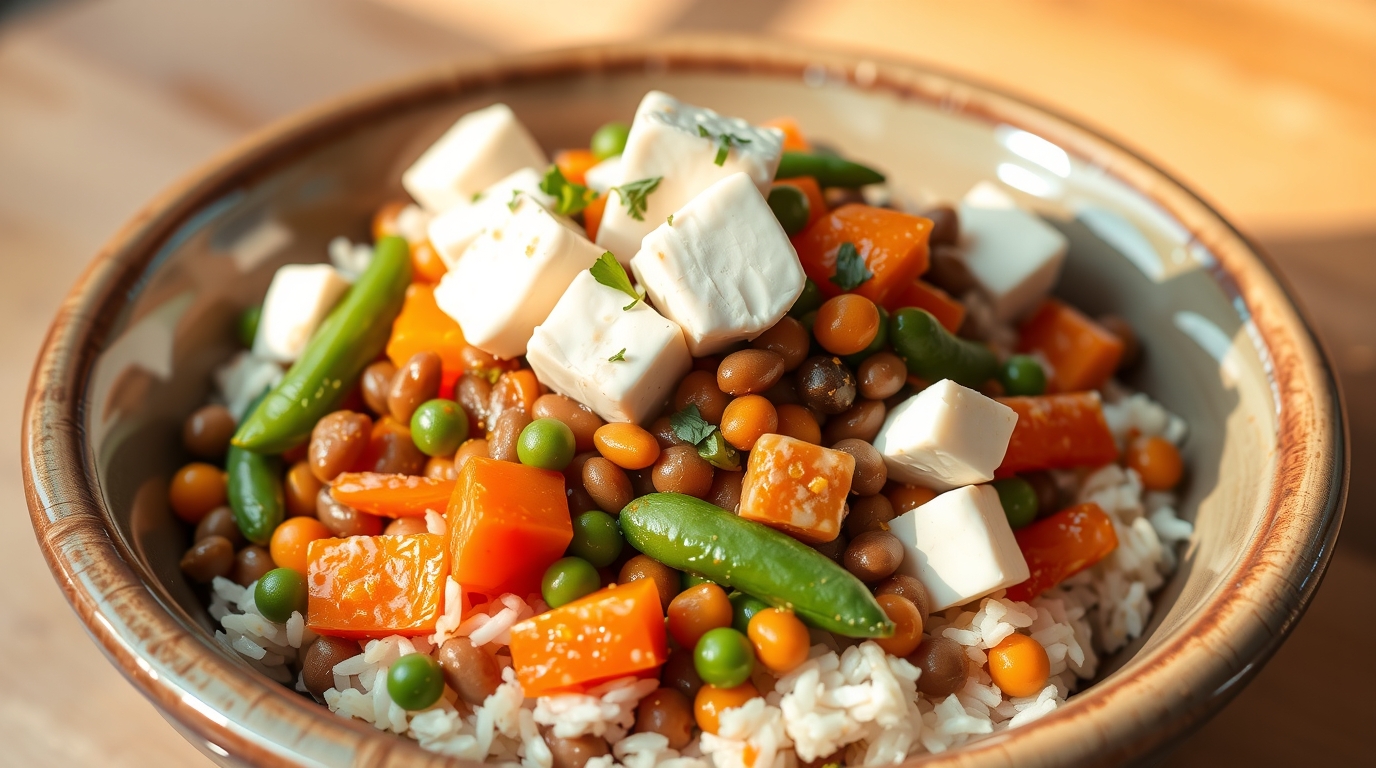Gaining healthy weight in dogs isn’t about feeding more, it’s about feeding right. Whether your dog is underweight due to illness, poor nutrition, or high activity levels, understanding how much to feed based on age and weight is essential. In this comprehensive guide, we’ll break down a Dog Diet Chart for Weight Gain by Age, explain the right feeding portions by weight (kg), and even share a downloadable Dog Diet Chart PDF for easy reference.
Why Your Dog Might Need a Weight Gain Diet
Not all dogs who eat less are “picky eaters.” Some dogs lose weight because of fast metabolism, underlying illness, worms, or stress. Others may simply burn more calories than they consume especially energetic breeds like Labradors, Boxers, or Dobermans. A structured Dog Diet Chart for Weight Gain by Age ensures your pup gets the correct calories, nutrients, and feeding schedule for sustainable weight gain.
Understanding Your Dog’s Calorie Needs

Every dog has a unique Resting Energy Requirement (RER) and Daily Energy Requirement (DER). These depend on their age, weight, and activity level.
Formula:
RER = 70 × (body weight in kg)^0.75
Example:
A 10 kg dog’s RER = 70 × (10)^0.75 = 394 kcal/day.
To help them gain weight, feed 20–30% more calories than their maintenance needs.
Dog Feeding Chart by Weight and Age
The following Dog Feeding Chart by Weight and Age helps determine the right food quantity and frequency for weight gain.
| Dog Age | Weight Range (kg) | Meals per Day | Calories Needed | Notes |
|---|---|---|---|---|
| Puppy (2–6 months) | 2–10 kg | 4 meals | 400–800 kcal | High-protein puppy food |
| Adolescent (6–12 months) | 10–20 kg | 3 meals | 900–1400 kcal | Gradually shift to adult diet |
| Adult (1–6 years) | 20–35 kg | 2 meals | 1500–2000 kcal | Include muscle-building protein |
| Senior (7+ years) | 15–30 kg | 2 meals | 1200–1600 kcal | Add supplements for digestion |
This Dog Diet Chart for Weight Gain by Age helps balance nutrition for each life stage.
Dog Diet Chart for Weight Gain by Age (Detailed Plan)

Puppies (2–6 months)
At this stage, your pup needs high-quality protein and fats to build strong bones and muscles.
- Morning: Chicken and rice with ghee (1 tsp)
- Noon: Boiled egg + rice + pumpkin puree
- Evening: Puppy kibble soaked in warm broth
- Night: Yogurt + small portion of boiled fish
Pro Tip: Avoid overfeeding—frequent small meals help in healthy weight gain.
Adolescents (6–12 months)
This is a growth transition phase. Balance energy-dense foods with essential vitamins.
- Morning: Chicken liver + sweet potato mash
- Noon: Rice + curd + boiled vegetables
- Evening: Meat or paneer cubes (for vegetarians) + kibble
- Night: Cottage cheese + oats + boiled egg
Include omega-3 and omega-6 fatty acids for coat and joint health.
Adults (1–6 years)
Adult dogs require muscle-maintaining diets rich in animal proteins and good fats.
- Morning: Boiled chicken/brown rice + egg
- Noon: Paneer + rice + carrot/pumpkin mash
- Evening: Kibble mixed with broth
- Night: Meat + rice + olive oil (1 tsp)
How much to feed a dog by weight (kg):
- 10 kg dog → 200–250 grams/day
- 20 kg dog → 400–500 grams/day
- 30 kg dog → 600–750 grams/day
Senior Dogs (7+ years)
Older dogs need easily digestible, moderate-fat diets to maintain weight without straining their organs.
- Morning: Soft kibble + curd
- Noon: Chicken soup + pumpkin
- Evening: Rice + boiled fish or tofu
- Night: Warm milk + oats
Add probiotics and joint supplements for overall vitality.
Dog Diet Chart Vegetarian (Weight Gain Edition)
If you prefer a vegetarian diet for your dog, focus on protein-rich and calorie-dense foods.
| Vegetarian Food | Nutritional Benefit |
|---|---|
| Paneer & Curd | High-quality protein & calcium |
| Boiled Lentils (Moong, Toor) | Protein and fiber for digestion |
| Brown Rice & Sweet Potato | Energy and healthy carbs |
| Oats with Milk | Weight gain and muscle support |
| Ghee (1 tsp/day) | Healthy fat for coat and energy |
✅Sample Dog Diet Chart Vegetarian (for Weight Gain):
- Breakfast: Oats + milk + banana slices
- Lunch: Lentils + rice + paneer cubes
- Dinner: Curd + boiled vegetables + olive oil
How Much to Feed a Dog by Weight (kg)

Feeding amounts vary based on breed metabolism, activity, and digestion. Here’s a quick reference:
| Dog Weight (kg) | Daily Food Quantity | Calorie Range |
|---|---|---|
| 5 kg | 150–200 grams | 300–400 kcal |
| 10 kg | 250–300 grams | 500–600 kcal |
| 20 kg | 400–500 grams | 900–1000 kcal |
| 30 kg | 600–750 grams | 1300–1500 kcal |
| 40+ kg | 800–1000 grams | 1800–2200 kcal |
Additional Tips for Dog Weight Gain
- Feed Small, Frequent Meals – Avoid one large meal; feed 3–4 smaller meals.
- Add Healthy Fats – Ghee, coconut oil, or fish oil boosts calories safely.
- Include Protein Snacks – Eggs, paneer, or boiled chicken between meals.
- Monitor Weight Weekly – Use a weight tracker or your vet’s scale.
- Hydration is Key – Ensure constant access to clean, fresh water.
- Add Supplements (Vet Recommended) – Like calcium, omega-3, or digestive enzymes.
Common Mistakes to Avoid
- Overfeeding junk treats or oily food
- Abrupt diet changes (can cause stomach upset)
- Feeding human food like chocolate, onions, grapes, or fried snacks
- Ignoring exercise (muscle gain needs movement too!)
Vet-Recommended Foods for Weight Gain
- Royal Canin Maxi Starter
- Drools Focus Puppy Formula
- Pedigree Meat & Rice (Puppy Growth Pack)
- Farmina N&D High Protein Range
- Home-cooked meals with vet guidance
Tracking Progress with a Dog Feeding Chart PDF
Maintain a printable Dog Feeding Chart by Weight and Age where you log:
- Meal portions
- Weight progress
- Energy levels
- Stool quality
You can customize your Dog Diet Chart for Weight Gain by Age PDF weekly and show it to your vet during checkups.
Conclusion
A well-balanced Dog Diet Chart for Weight Gain by Age ensures your pet grows strong, active, and healthy. Remember, weight gain should be gradual, focus on nutrition, not just calories. Use our Dog Feeding Chart by Weight and Age or Dog Diet Chart PDF as your go-to reference for portion control and nutrition planning. Whether you prefer a vegetarian dog diet chart or a non-veg meal plan, consistency and quality food are the secrets to success.
Also Read:


